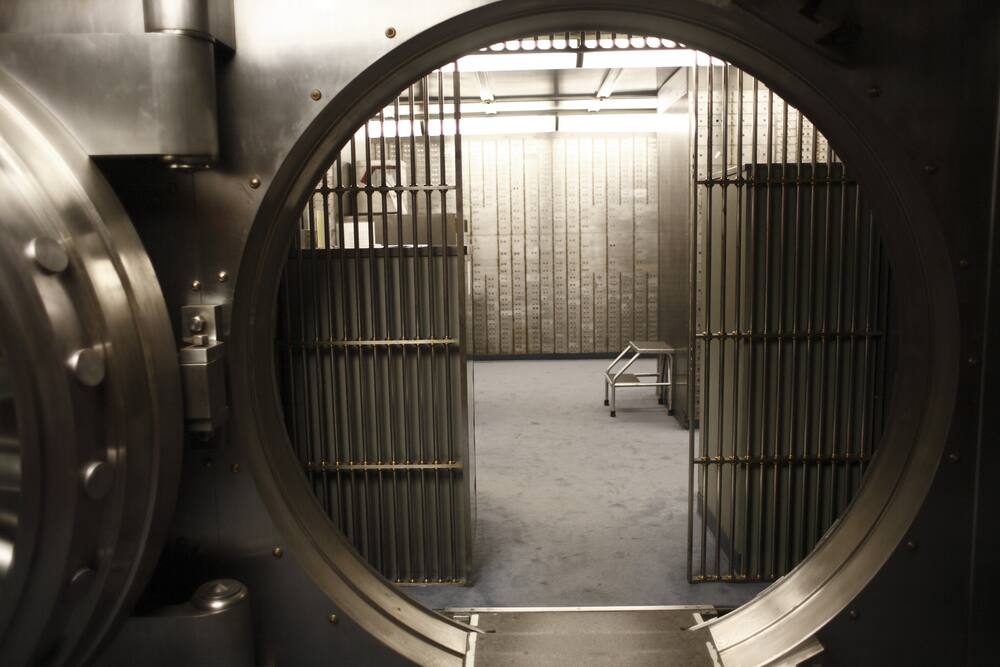Managing safe deposit boxes (SDBs) in a bank is a critical responsibility, demanding a high level of security and vigilance. As custodians of valuables ranging from legal documents to precious heirlooms, banks must maintain an ironclad system to safeguard clients’ assets against suspicious activities. Here, we discuss essential practices that banking professionals can implement to enhance the management of safe deposit boxes and ensure robust protection.
Vault Setup and Maintenance
The foundation of secure safe deposit box management begins with the proper setup and maintenance of the vault. Ensure the vault is constructed using materials that provide maximum resistance to physical breaches, such as reinforced steel and concrete. The vault should be equipped with state-of-the-art locking mechanisms and climate control systems to preserve the integrity of stored items. Regular maintenance checks are essential to ensure that all security features function correctly.
Implement Stringent Access Controls
The first line of defense in safe deposit box management is the implementation of stringent access controls. Only authorized personnel should have access to the vault area, and clients must provide proper identification each time they wish to access their box. Advanced biometric systems, such as fingerprint or retinal scans, should be utilized alongside traditional methods like key codes or physical keys. These layers of security make unauthorized access nearly impossible and help maintain a log of every entry and exit.
Track Box Access
Accurate tracking of safe deposit box access is crucial for detecting and preventing suspicious activities. Implement a robust system that logs every access attempt, including the date, time, and identity of the individual accessing the box. This data should be regularly reviewed to identify any unusual patterns or unauthorized access attempts. Advanced software solutions can automate this process and provide real-time alerts for any anomalies, enhancing overall security.
Regular Audits and Inspections
Regular audits and inspections are essential to ensure that all safe deposit boxes are secure and have no discrepancies. Schedule periodic checks to verify the integrity of the boxes and their contents. During these audits, cross-check the log entries with the physical state of the boxes to detect any unauthorized access or tampering. Anomalies should be immediately investigated, and any suspicious patterns should be reported to higher authorities.
Enhanced Surveillance Systems
Equipping the vault and surrounding areas with high-resolution surveillance cameras acts as a significant deterrent against malicious activities. Ensure continuous monitoring and recording of the vault area, and store the footage securely for a designated period. Integrate these surveillance systems with motion detectors and alarms to alert security personnel of any unauthorized activity. Regularly update and maintain the surveillance infrastructure to keep pace with technological advancements.
Robust Client Verification Process
A robust client verification process prevents identity theft and unauthorized access. Each client should undergo a thorough verification process before being granted access to a safe deposit box. This process should include multiple forms of identification. Ensure that client information is regularly updated to reflect any changes, and educate clients on the importance of keeping their details current.
Safe Deposit Box Key Management
Keys to safe deposit boxes must be managed with the utmost care. Banks should implement a secure system for issuing, tracking, and storing keys. Consider using dual-control systems to ensure more than one employee is required to access guard keys. This method significantly reduces the risk of unauthorized access. In the event of a key being lost or stolen, there should be a well-defined protocol for immediate lock replacement and investigation.
Employee Training and Vigilance
Well-trained employees are a bank’s best defense against suspicious activities. Regular training programs should be conducted to educate staff on security protocols, the importance of vigilance, and how to handle suspicious activities. Employees should be encouraged to report any unusual behavior or requests promptly. A culture of security consciousness among staff can prevent many potential threats from escalating.
Client Education and Communication
Educating clients about safe deposit box security can greatly enhance overall protection. Provide clients with clear guidelines on how to keep their belongings secure, what items are appropriate for storage, and how to report suspicious activities. Maintain open lines of communication to ensure clients feel confident in the security measures in place and are aware of any changes or updates to the protocols.
Incident Response and Recovery Plan
Despite the best preventive measures, incidents may still occur. Having a well-defined incident response and recovery plan is crucial. This plan should outline the steps to be taken in the event of a security breach, including immediate containment measures, notification procedures, and steps for recovery and investigation. Regularly review and update this plan to ensure it remains effective against emerging threats.
Discover More Bank Deposit Box Tips in Our Latest Course!
A stalwart of any traditional banking institution, safety deposit boxes provide lessees with a secure and dependable way to protect valuables, such as sensitive documents, jewelry, and even hard drives. With BankersHub’s The Sleepers: Safe Deposit Boxes, Mobile Banking, Prepaid Cards and RDC webinar, you’ll learn how to implement sufficient policies and procedures to safeguard SDBs effectively. If you’re wondering how your financial institution should handle issues such as the passing of an SDB lessee, this compliance webinar is for you. Register today to learn essential SDB tips and best practices!








